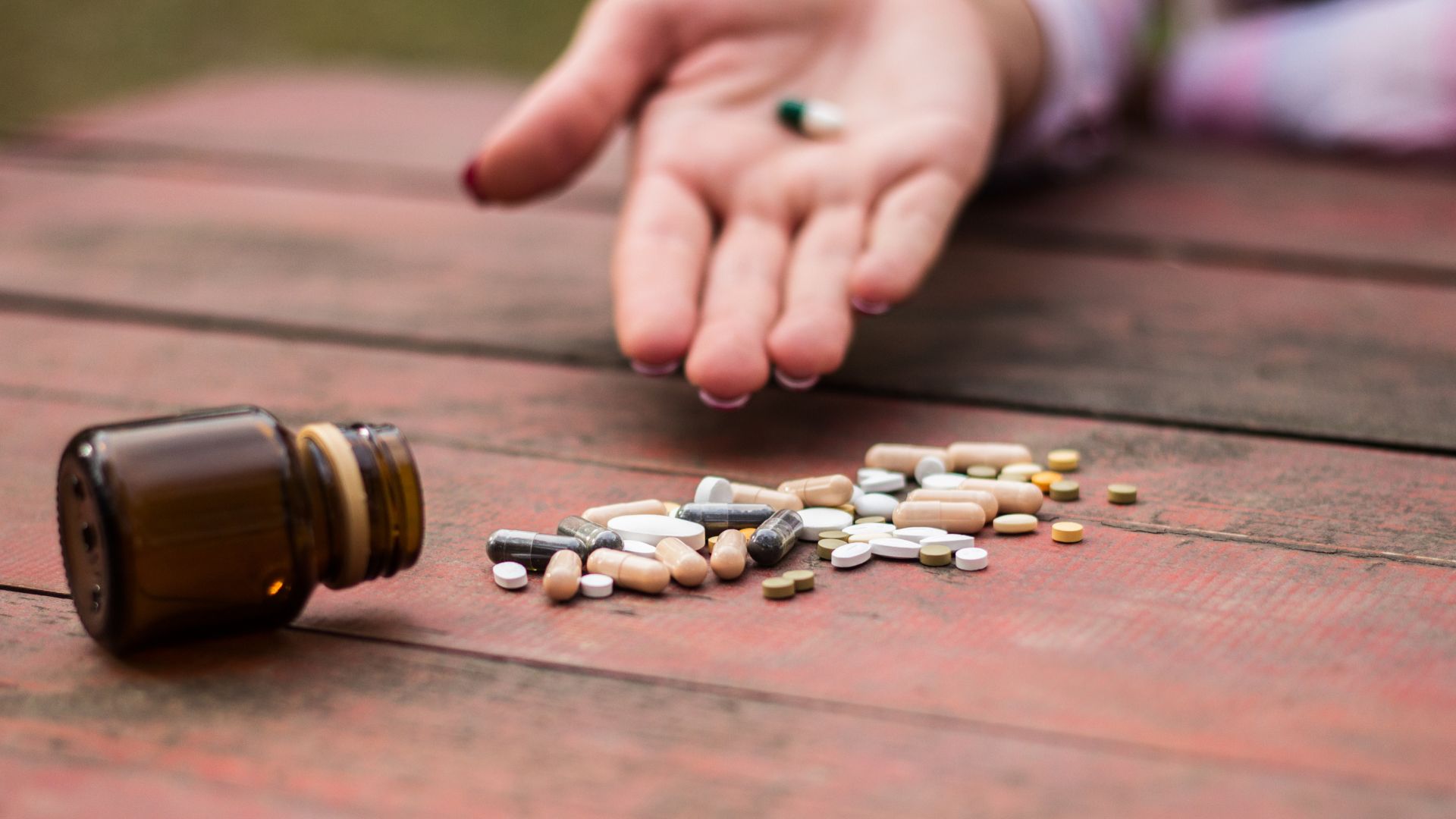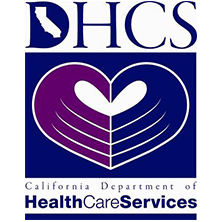There is no denying that COVID-19 has impacted not only how people can get treated and find resources for substance use issues but also the relapse rate. The increase noticed throughout 2020 has led to several federal, state, and county changes nationwide to combat the worrying statistics. One significant factor was the confusion surrounding many local treatment clinics and aftercare programs regarding how to proceed during the lockdowns. Due to the risk of COVID-19 spreading in facilities, the Substance Abuse and Mental Health Services Administration (SAMHSA) recommended that individuals transfer to outpatients services where clinically appropriate. Simultaneously, the Centers for Medicare and Medicaid Services expanded the use of telehealth options that were previously not made available.
The COVID-19 pandemic has left its mark on the psyche of the country. According to the National Institutes of Environmental Health Sciences, there has been a 1,000% increase in the number of people contacting crisis lines for emotional distress. They also have reported that over half of American adults have reported mental health issues related to COVID-19. The most significant effects of COVID-19 has had on individuals includes:
- Loneliness
- Stress
- Depression
- Anxiety
- Lack of structured routine
- No in-person recovery meetings
- Inability to get to a clinic leading to higher instances of self-medication to deal with the emotional stresses
- Loss of in-person contact with peers, sponsors, and advocates within the recovery community
- Concern about the future
- Financial problems related to cut hours or loss of job
- Some workers felt unable to discuss their mental health and substance use issues with their employers.
Overdose Rates Since COVID-19
The Center For Disease Control and Prevention (CDC) reported that at the end of May 2020, the largest number of overdoses within 12 months in the organization’s history. There were over 81,000 drug overdose deaths reported in the United States alone. There was also a higher number of non-fatal overdoses during that same period. Due to these high numbers so quickly after the start of the lockdowns, the CDC recommended multiple measures to ensure that those at high risk could get resources, but it was up to the states and counties to determine what programs they would offer. During the first four months of 2020, the death rate for substance-related overdoses was up 100% compared to that same period in 2019. Reports for the rest of 2020 are still being compiled.
Accessibility to Treatment With COVID-19
A few things are associated with drug and alcohol treatment that might be a barrier for some average Americans. Financial status, access to federal or local community resources, and personal support systems are vital components that will potentially determine if someone can get help when they need it. There has also been a unique strain on the mental health and medical community since the start of the pandemic. More people are sick, and there is less in-person care available. Minority groups may also be disproportionately unable to access telehealth or alternative treatments. However, there are still avenues the average American can explore to get them the treatments and aftercare that they need for a successful recovery.
What Can We Expect In 2021 With COVID and Treatment Access?
There is a concentrated focus on easing lockdown restrictions around the country. Vaccines are expected to be available to most Americans by the end of summer 2021, leading to the return of safer in-person treatment options. Federal agencies are also looking to expand healthcare services for individuals with substance use disorders. The United States Department of Health and Human Resources has made the following top priorities for mental health and substance use disorders in 2021:
- Prevention
- Intervention
- Treatment
- Recovery Support
Recommended Actions To Reduce The Risk of Relapse
The National Institutes of Environmental Health Sciences has listed several actions that individuals and communities can take in 2021 to lower an overdose or relapse risk. People in recovery can focus on the following:
- Eating nutritious foods, taking part in regular exercise routines, and maintaining a healthy sleep cycle
- Connecting with peers and loved ones throughout the week
- Taking part in relaxation techniques like meditation, breathing exercises, and mindfulness exercises
- Reach out to professional support using telehealth or a local clinic if the stress becomes overwhelming
For members of the community or loved ones of those in recovery, there are a few things you can do to create a more supportive environment, including:
- Contact loved ones, co-workers, or neighbors who may be struggling
- Provide education and support
The world has not been the same since COVID-19 spread across the globe in early 2020, and that is not likely to change for several more months. All aspects of psychological and physical care have been affected due to the pandemic. Medical centers and communities nationwide have had to find new ways to get treatment for anyone needing help with substance use disorders. Aftercare and essential recovery resources like peer support groups and one-on-one therapy have all moved to telehealth. Traditional facility programs have also moved to outpatient models due to the high risk of spreading COVID-19 within treatment centers. Safe Harbor Treatment understands the unprecedented times we live in, and we are here for you. Our dedicated and compassionate staff can help you find the resources you need to keep your recovery moving forward. Clients receive love and support while learning about how addiction works and gaining the skills and strength needed for lasting sobriety. For more information about how we can help succeed in long-term sobriety, call Safe Harbor today at (833) 580-1473.
START YOUR JOURNEY WITH
SAFE HARBOR HOUSE
(310) 861-4157
Contact Us Today
Verify Your Insurance




